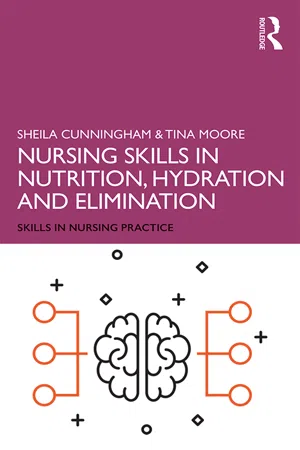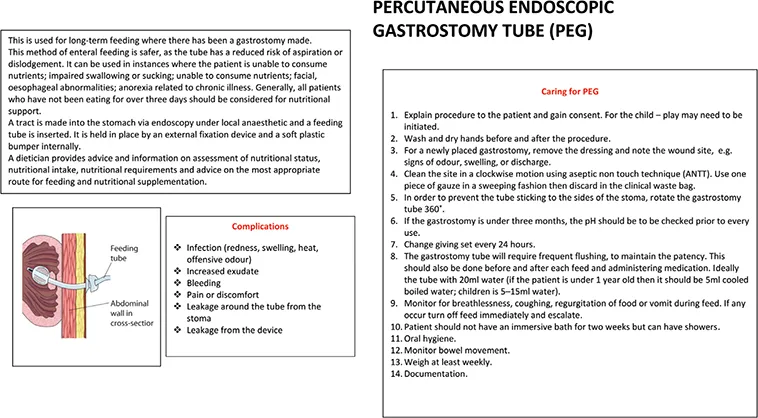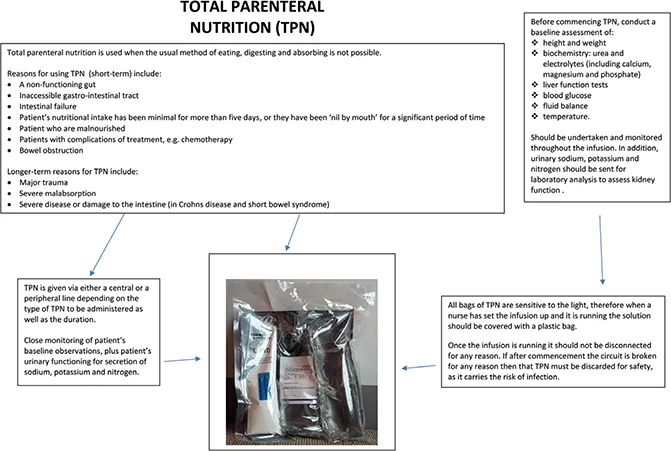
- 60 pages
- English
- ePUB (mobile friendly)
- Available on iOS & Android
Nursing Skills in Nutrition, Hydration and Elimination
About this book
The body needs a constant supply of nutrients and water in order to survive, with water being required for the transportation of nutrients to cells and also for the transportation of waste out of the body.
This practical pocket guide focuses on what you need to know to support your patients' health and comfort. It looks at:
-
- The anatomy and physiology of the gastrointestinal system
-
- The anatomy and physiology of the renal system
-
- Elimination and associated skills
-
- Catheterisation
-
- Nutrition
-
- Hydration
-
- Fluid balance
This competency-based text covers relevant key concepts, anatomy and physiology, lifespan matters, assessment and nursing skills. To support your learning, it also includes learning outcomes, concept map summaries, activities, questions and scenarios with sample answers, and critical reflection thinking points.
Quick and easy to reference, this short, clinically focused guide is ideal for use on placements or for revision. It is suitable for pre-registration nurses, students on the nursing associate programme and newly qualified nurses.
Frequently asked questions
- Essential is ideal for learners and professionals who enjoy exploring a wide range of subjects. Access the Essential Library with 800,000+ trusted titles and best-sellers across business, personal growth, and the humanities. Includes unlimited reading time and Standard Read Aloud voice.
- Complete: Perfect for advanced learners and researchers needing full, unrestricted access. Unlock 1.4M+ books across hundreds of subjects, including academic and specialized titles. The Complete Plan also includes advanced features like Premium Read Aloud and Research Assistant.
Please note we cannot support devices running on iOS 13 and Android 7 or earlier. Learn more about using the app.
Information
CHAPTER 1
Nutrition
Overview
Link to Future Nurse Proficiencies (Nursing and Midwifery Council [NMC] 2018)
Expected knowledge
Introduction
Content
| Nutritional – body mass index assessment | Enteral feeding | Percutaneous endoscopic gastrostomy (PEG) feeding |
| Total parenteral nutrition (TPN) |
Learning outcomes
Key background




Table of contents
- Cover
- Half Title
- Series Page
- Title Page
- Copyright Page
- Table of Contents
- List of Figures
- Introduction to the Skills in Nursing Practice series
- Introduction and overview
- Chapter 1 Nutrition
- Chapter 2 Hydration and fluid balance
- Chapter 3 Elimination and bowel care
- Chapter 4 Renal function and care
- Bibliography
- Index